Onomatopoeia – 8 of the best examples, worksheets and resources for KS2 English
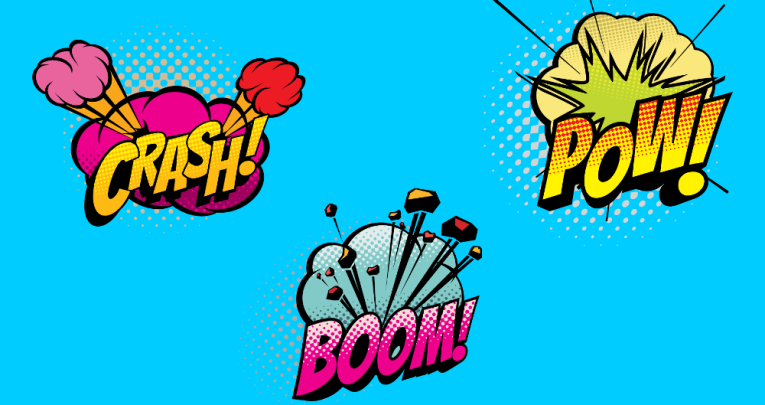
Make a splash on primary pupils' language learning with these activities, ideas, lesson plans and videos for teaching onomatopoeia in your classroom…

- by Teachwire
- Classroom expertise and free resources for teachers

What is onomatopoeia?
The School Run definition: Onomatopoeia is a word that names a sound, but also sounds like that sound.
How do you pronounce onomatopoeia?
Like this:
ON-uh-MAT-uh-PEE-uh
Or if you like this fancy linguistic gimmick, this:
/ˌɒnəʊmætəˈpiːə/
Or, perhaps easier, this
OK, got it? Let’s get on to the teaching resources.
1 | KS2 onomatopoeia worksheets
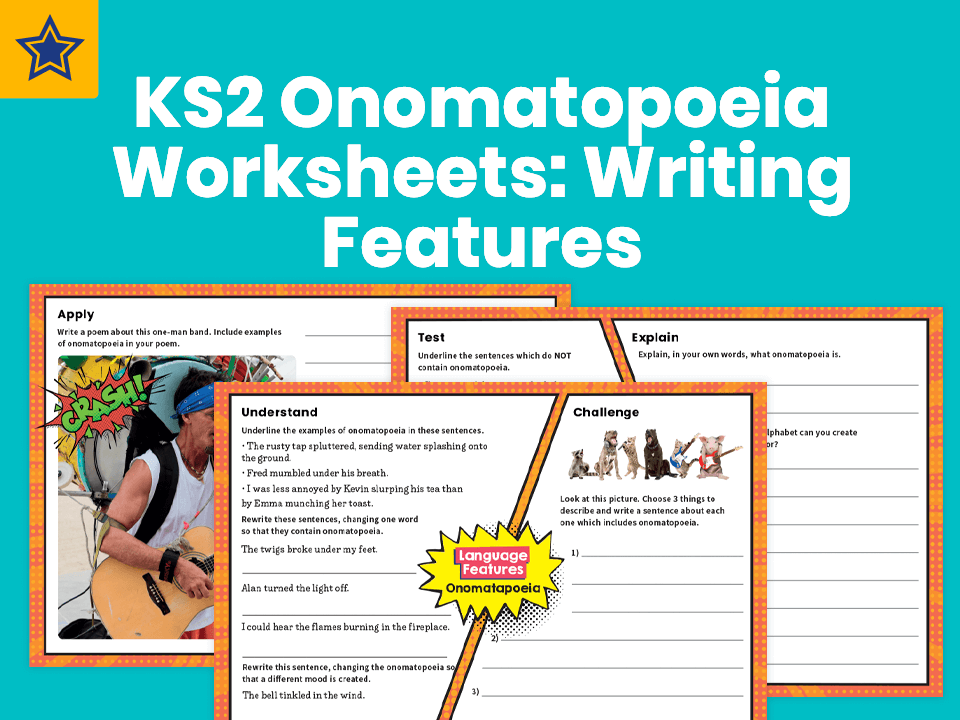
This free writing review worksheet is an excellent way to revise and practise using onomatopoeia in KS2. It contains examples of onomatopoeia and five different onomatopoeia challenges which can be used during one lesson or spread over a number of teaching sessions.
Questions encourage creative responses as well as revision, and include interesting images to stimulate ideas.
2 | Holy onomatopoeia, Batman!
Who doesn’t immediately think of the old 60s Batman TV show as soon as someone mentions onomatopoeia?
Re-creating the old comic-book style sound effects, a huge ‘BOOM!’ or ‘Ker-plow!’ would appear in colourful letters across the screen any time there was an explosion or fight.
This might be the best introduction into any topic you’ll ever give.
3 | Onomatopoeic word list in context
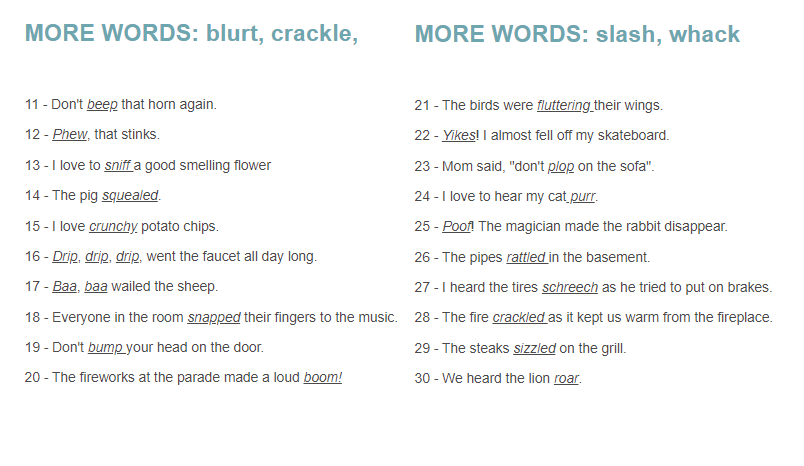
Want a big list of onomatopoeic words used in sentences? Well here it is.
There are a few American spellings and a couple of typos to look out for, but otherwise it’s really handy.
4 | The sounds of creative language
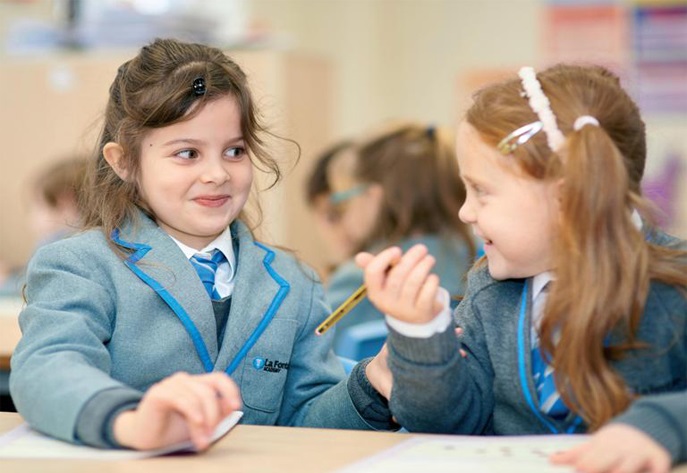
Develop a love of language with the pleasure and power of the spoken word, with this practical advice from Steve Bowkett.
There’s a section in there on onomatopoeia, which will encourage children’s love of the sounds of words by asking them to put a picture to a sound.
Steve offers examples of his own, like ‘KRUNK!’ being a metal sheet crumpling as it’s hit by a heavy object, and ‘BUDABUDABUDABUDA’ being a helicopter flying low overhead.
Then offers some made-up onomatopoeic words for children to put their own definitions to.
5 | Onomatopoeia poems
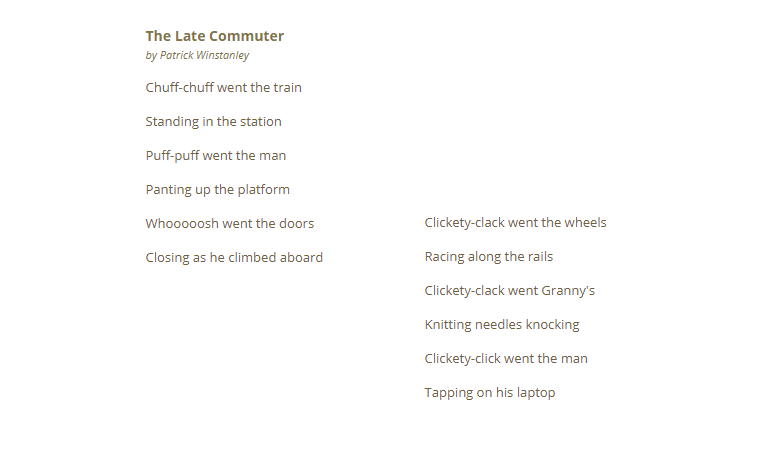
Onomatopoeia can be difficult to explain, but this activity might just help. It provides example poems to work through with your class, in order to try to work out if they are examples of an onomatopoeia.
6 | What does the Fox Say?
Some of you may have been pleased to have forgotten about this novelty song from 2013, but it’s admittedly a pretty great and fun way to talk about onomatopoeic animal sounds, and to get creative with invented your own words like they do when guessing what noise a fox makes.
For added fun, it’s even got handy subtitles so you can see how they spell these nonsense words.
Joff-tchoff-tchoffo-tchoffo-tchoff!
7 | Six George’s Marvellous Medicine lessons
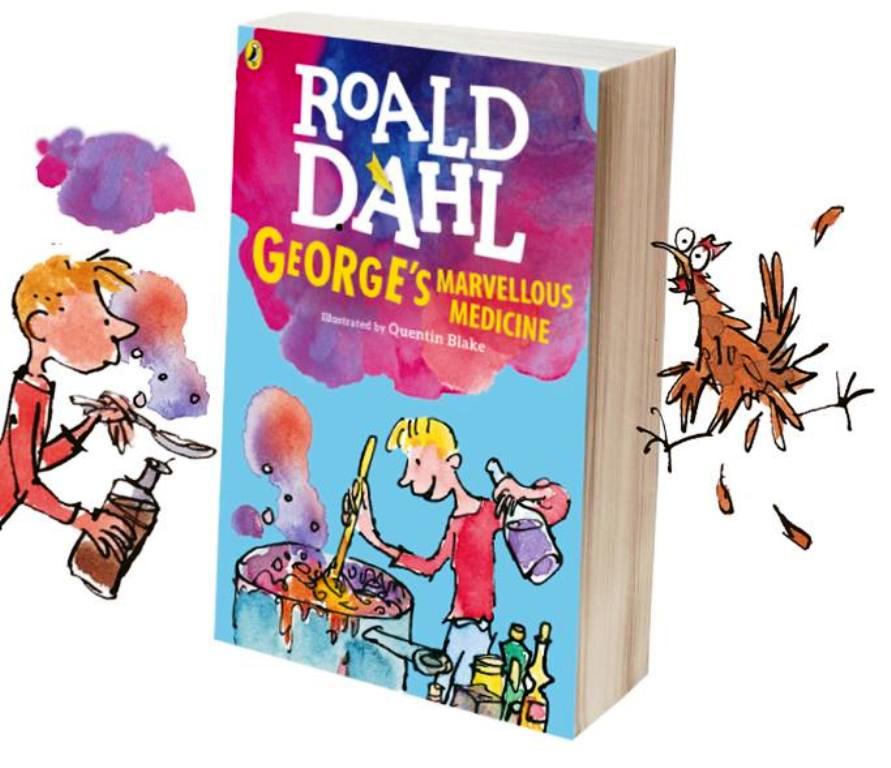
In this amazing six-lesson resource pack from puffin, all based on Roald Dahl’s works, the first one looks at the power of words, helping children identify alliteration, onomatopoeia and rhyming patterns in Dahl’s poetry and exploring their effect on the reader.
Children will even get to write an original poem, using Roald Dahl’s work as a model, and try to replicate his whizz-popping use of onomatopoeia.
Download this free resource pack here.
8 | Online onomatopoeia test
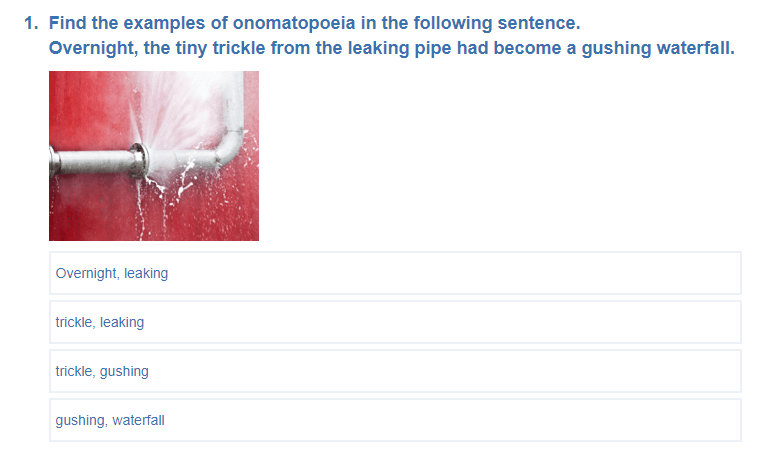
This 10-question quiz is a quick and easy way to test children’s knowledge onomatopoeia and consolidate learning.










